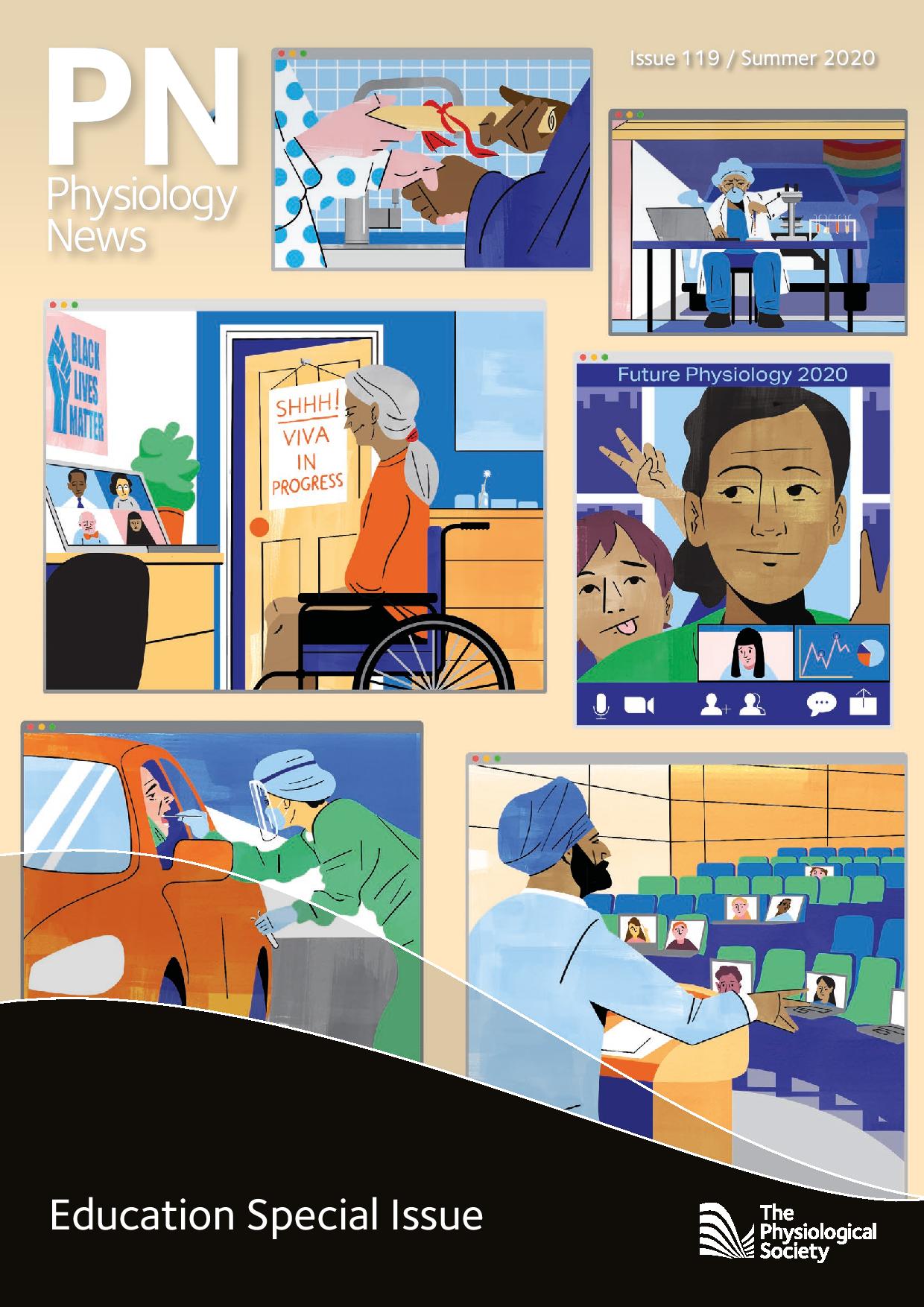
Physiology News Magazine
The joy of sex
Letters to the Editor
The joy of sex
Letters to the Editor
Vivien Rolfe, Pukka Herbs Ltd
https://doi.org/10.36866/pn.119.8
I enjoyed the “Sex in Studies” article in the Spring 2020 Physiology News written by Natasha Karp and her colleagues at AstraZeneca. The article discussed sex bias in human research, and that despite an NIH Revitalisation Act of 1993 mandating the inclusion of women and ethnic groups in clinical studies, both are still woefully under-represented – and rarely included at all – in all phases of clinical development. Natasha cited the work of Beery & Zucker 2011 who looked at the distribution of participants by sex across a number of academic subjects, and physiology as a discipline was poor at representing female subjects in research – in fact, no female participants were found at all in their analysis of human studies. Others acknowledge that studying both sexes is essential for the future of science, and we need to begin in our education systems to start to redress the data gap when it comes to the female body, as explained in the much acclaimed books by Caroline Criado- Perez (Invisible Women, Do It Like A Women).
I attended a webinar recently by The Society which featured research talks from male early career researchers. I was surprised that they had exclusively conducted research on male subjects (for what was not specifically a male health issue). All of the work they cited involved only male participants. When questioned, one of the speakers suggested that they wished to “exclude the effect of menstrual cycles” from their results.
This last part shocked me the most. It was exactly what I recall being told in my physiology degree a number of years ago. I then carried this misconception with me into my early career. This experience has made me reflect that we are all strongly influenced by our education and laboratory cultures. Perhaps the webinar was a one-off, but it makes me suspect that we aren’t getting our physiology education right.
Here are some ideas:
1) Those leading physiology, courses, departments and laboratories need to map where sex and ethnic bias is taught in their programmes or training.
2) We should develop a traffic light system on every communication and publication to illustrate whether data bias has been considered – maybe red for white male only, amber for both sexes or ethnicity, and green for the use of diverse populations.
3) Educators should consider where bias permeates into their textbooks and lecture notes – do we still persist in using the ‘normal adult male’ to teach physiology?
By not considering data biases within our science, we are not appreciating the intricacies of physiology, which I suspect is what fascinated us about the subject in the first place. We need to reach out to students and early career researchers now, otherwise we’ll not see change for another generation. We will all be perpetuating the myth that we need to exclude the menstrual cycle and diversity more widely from our science, and as Caroline Criado-Perez suggests “women are dying, and the medical world is complicit. It needs to wake up”.
